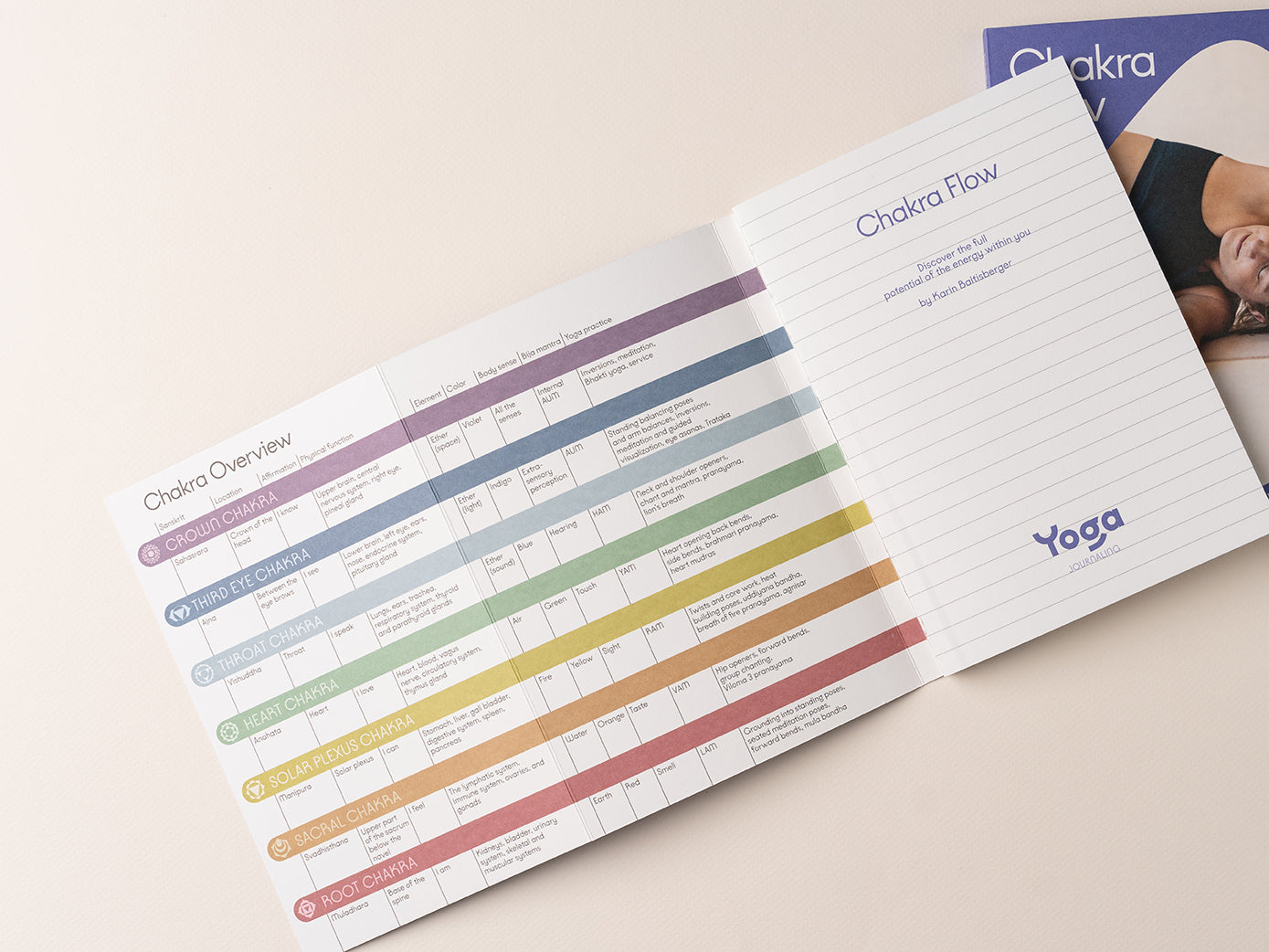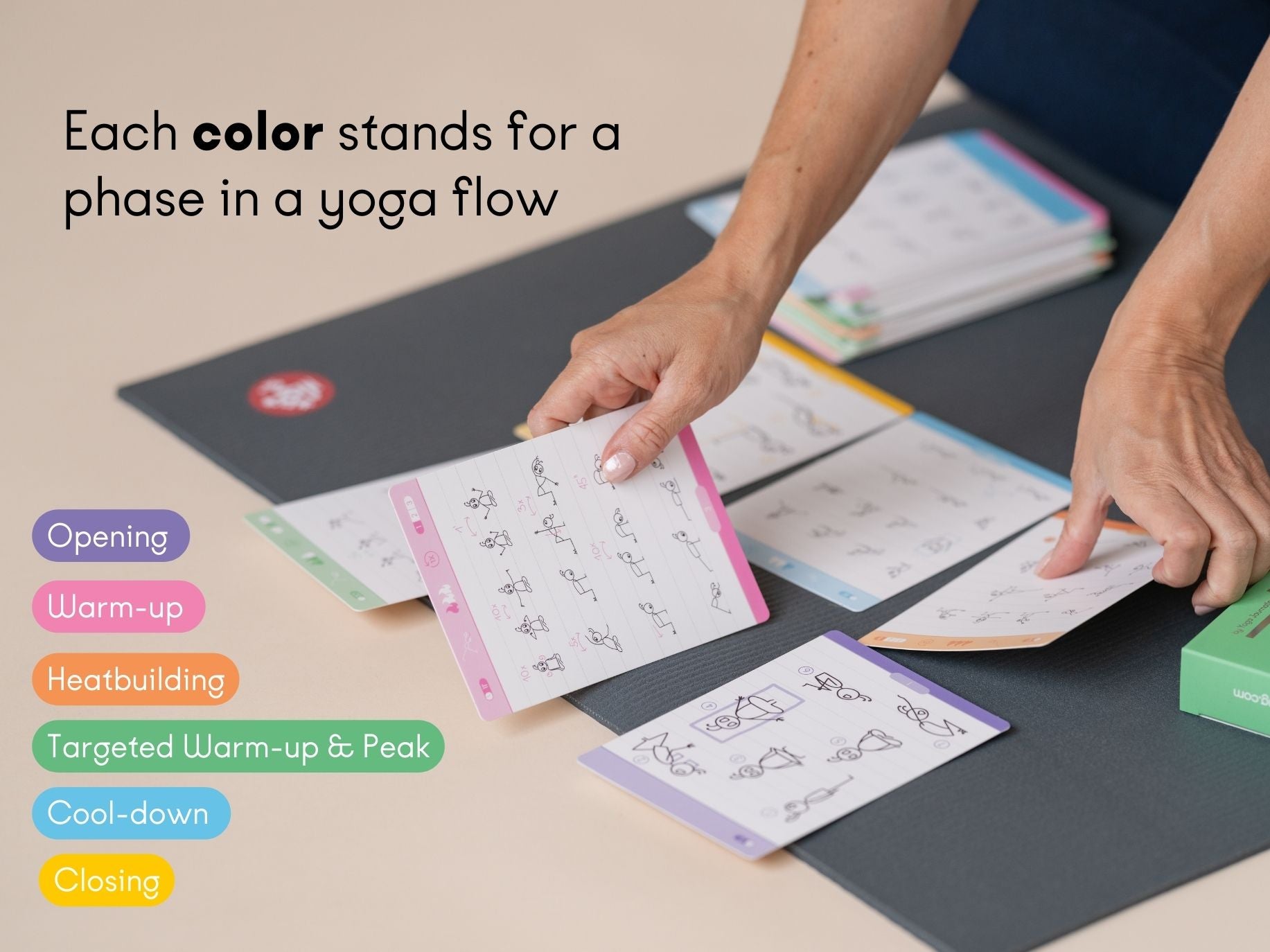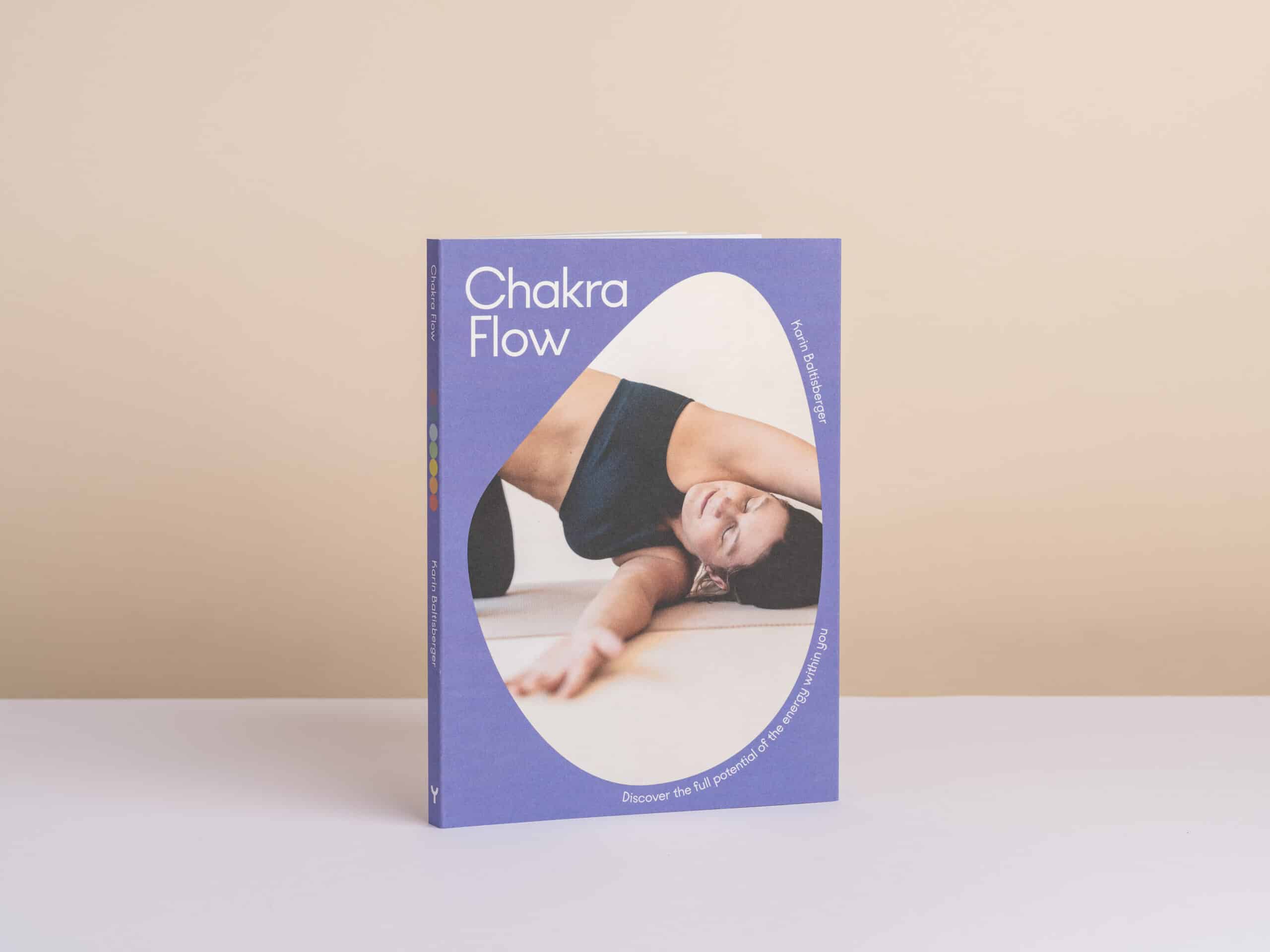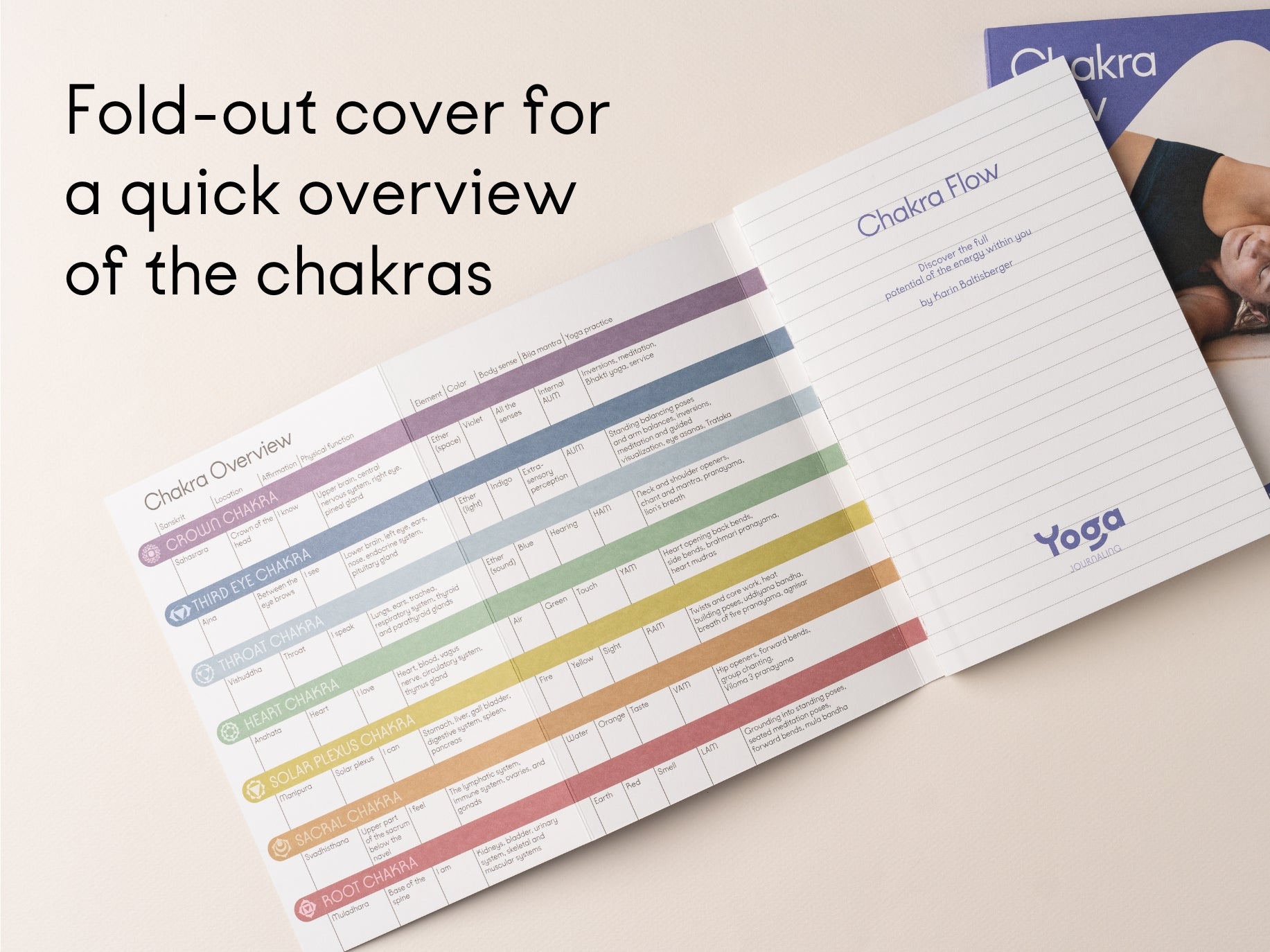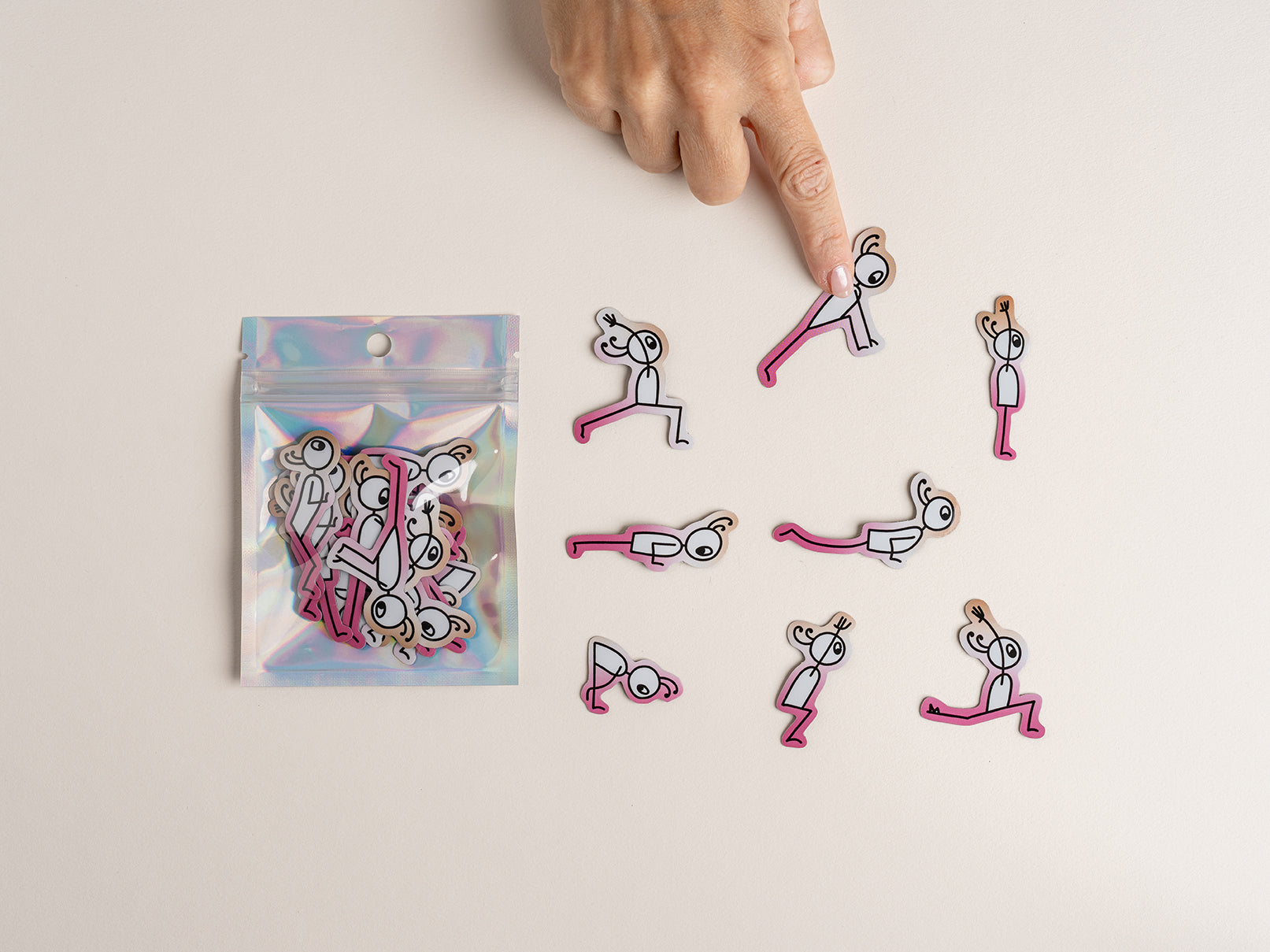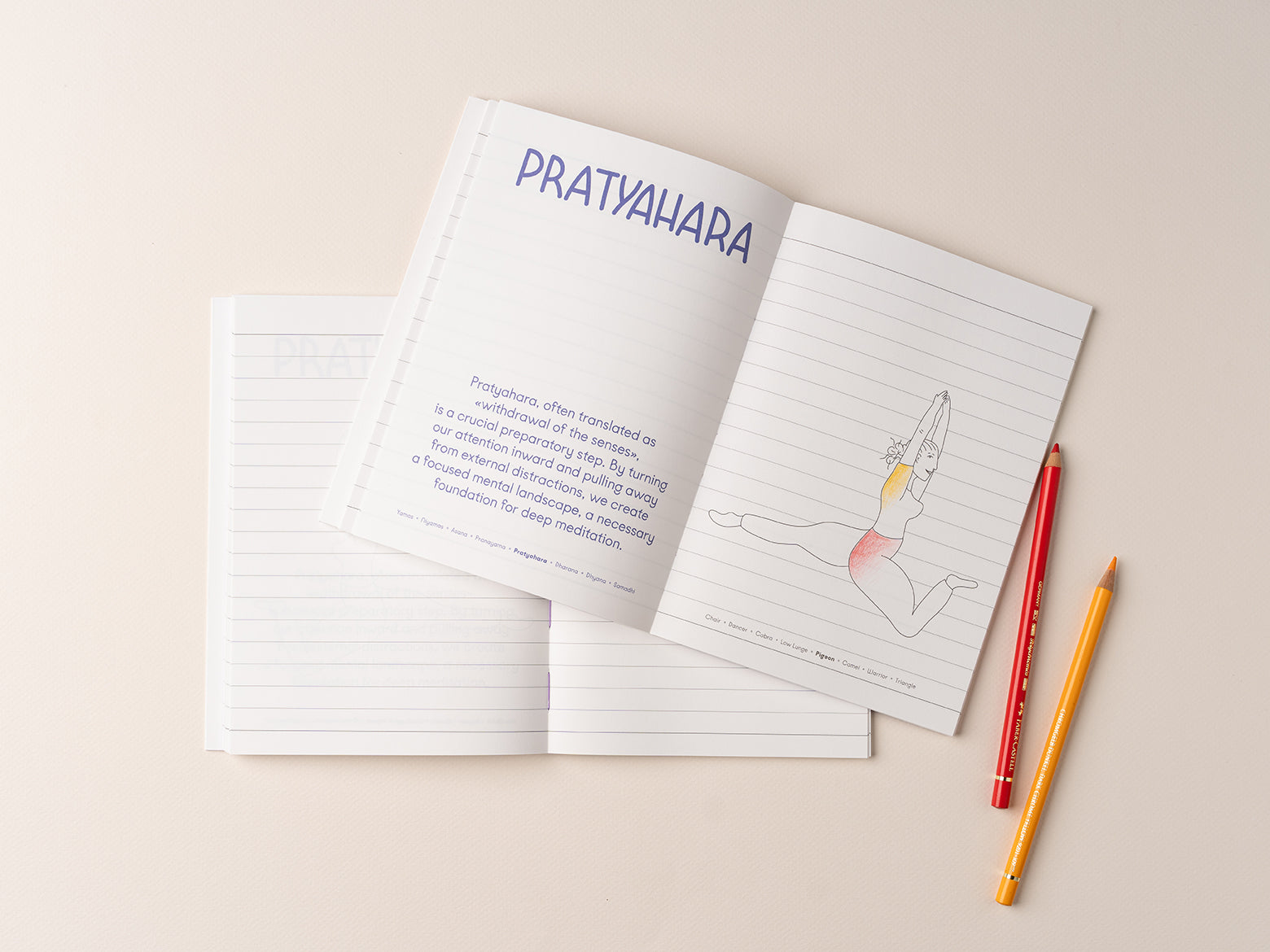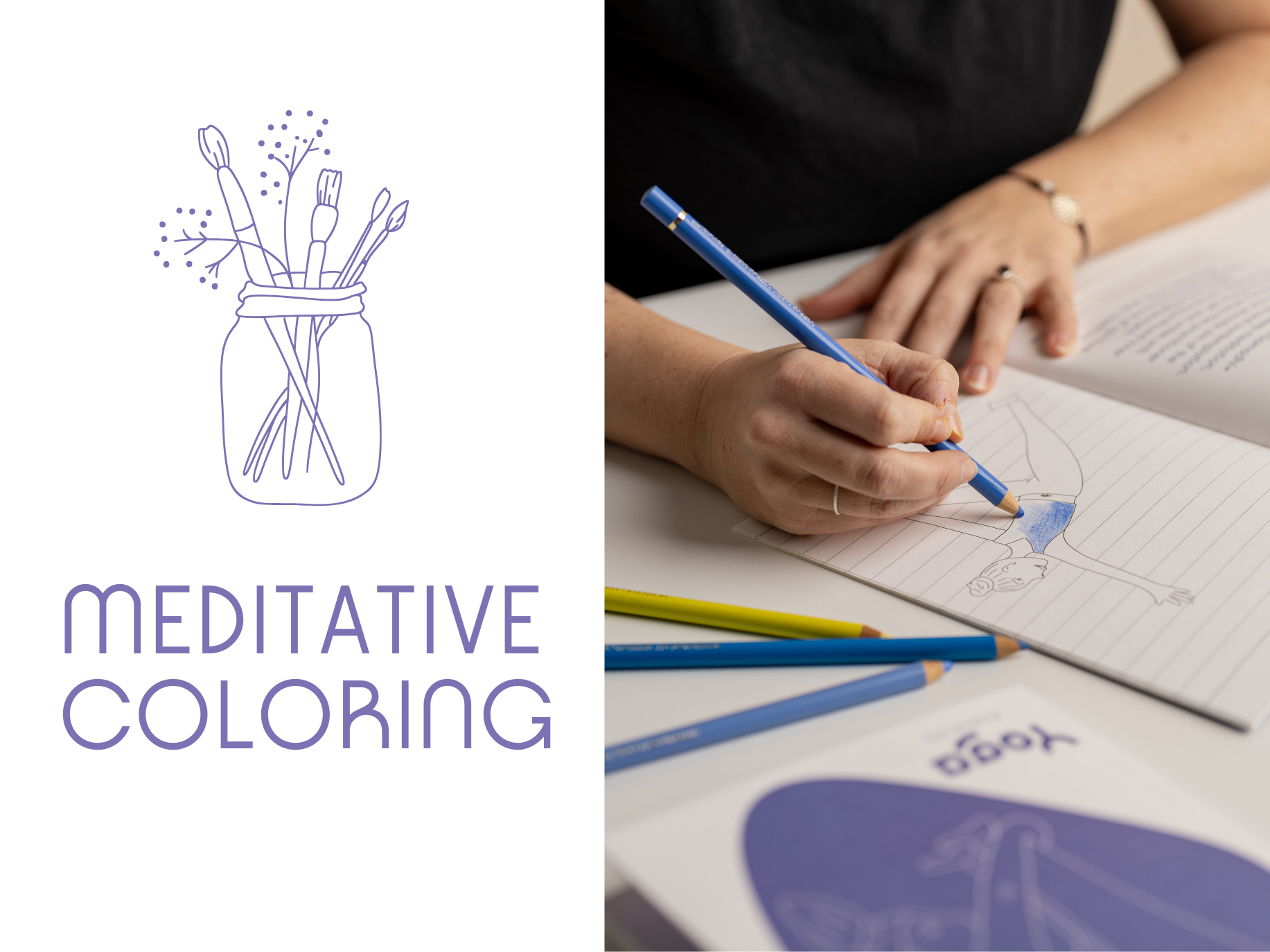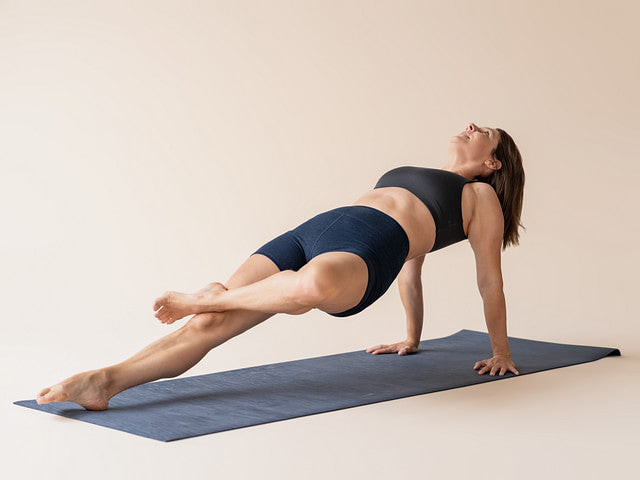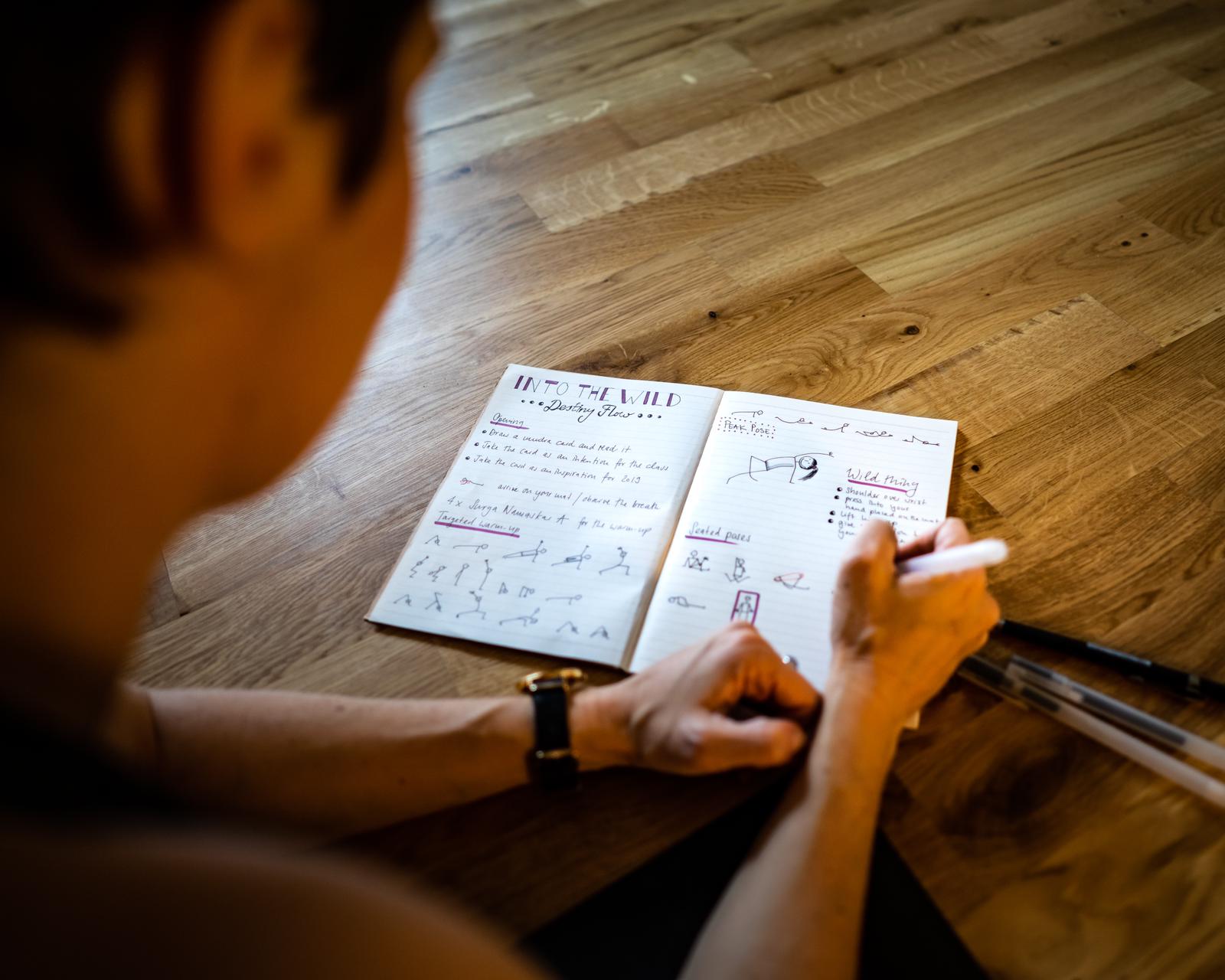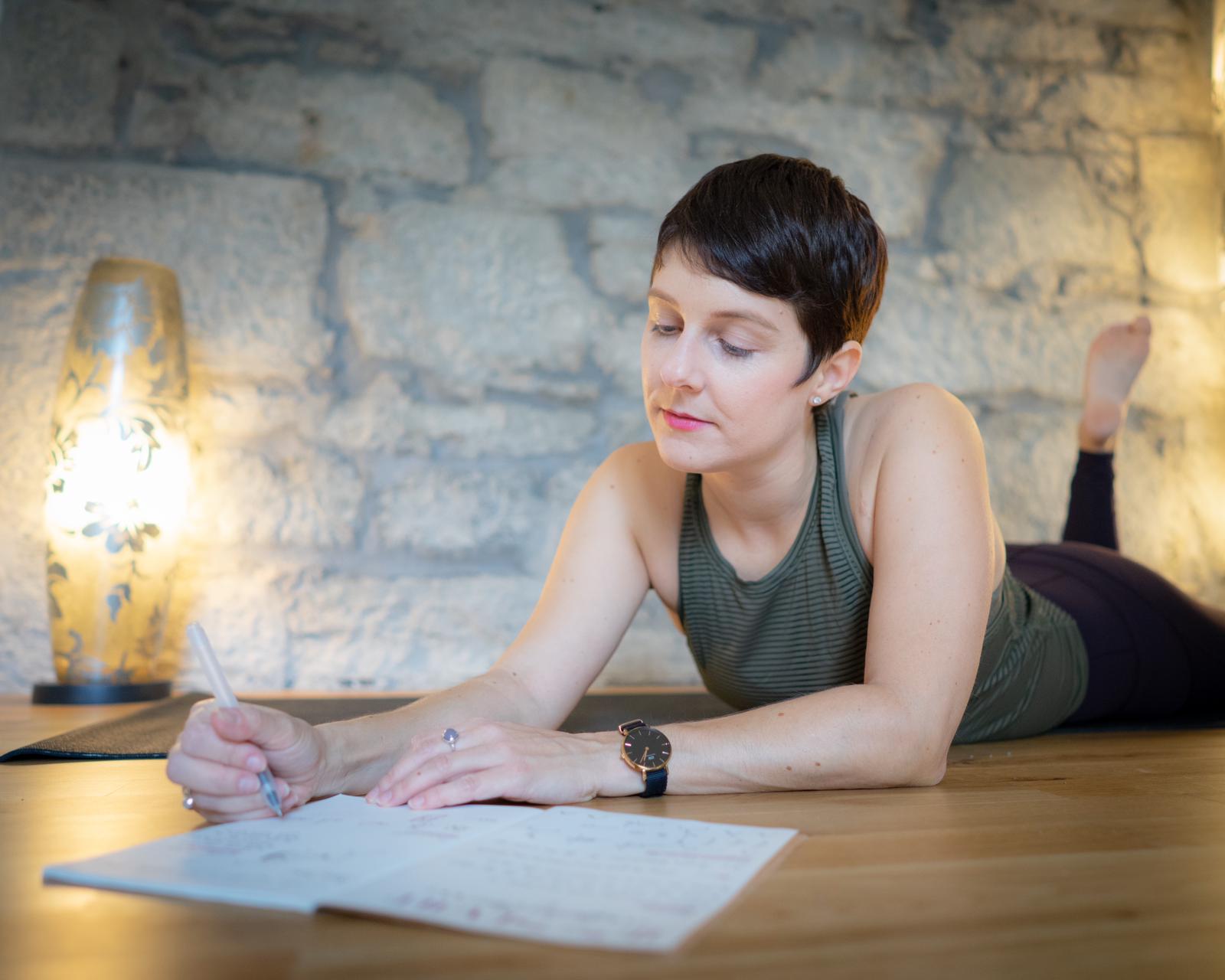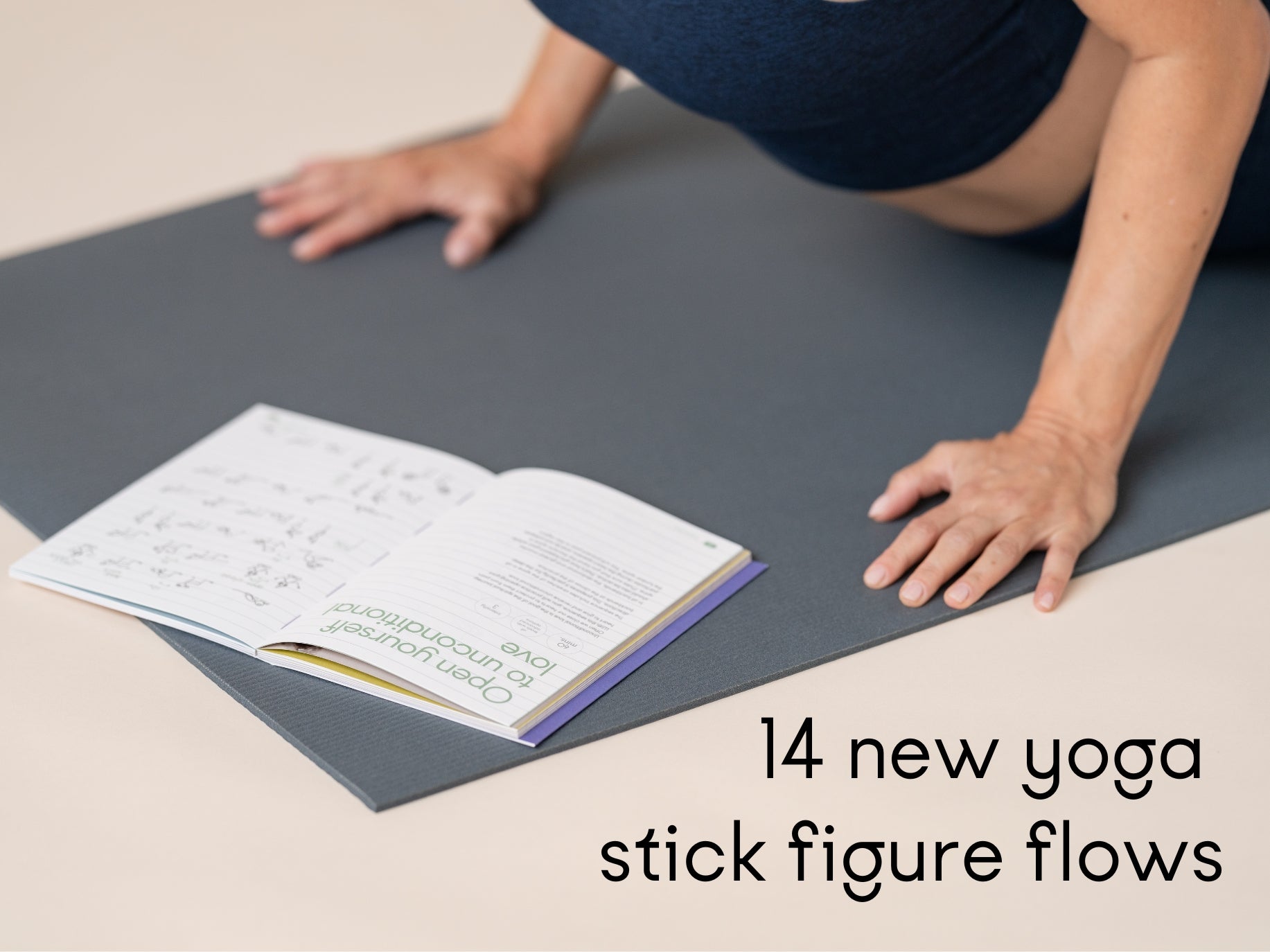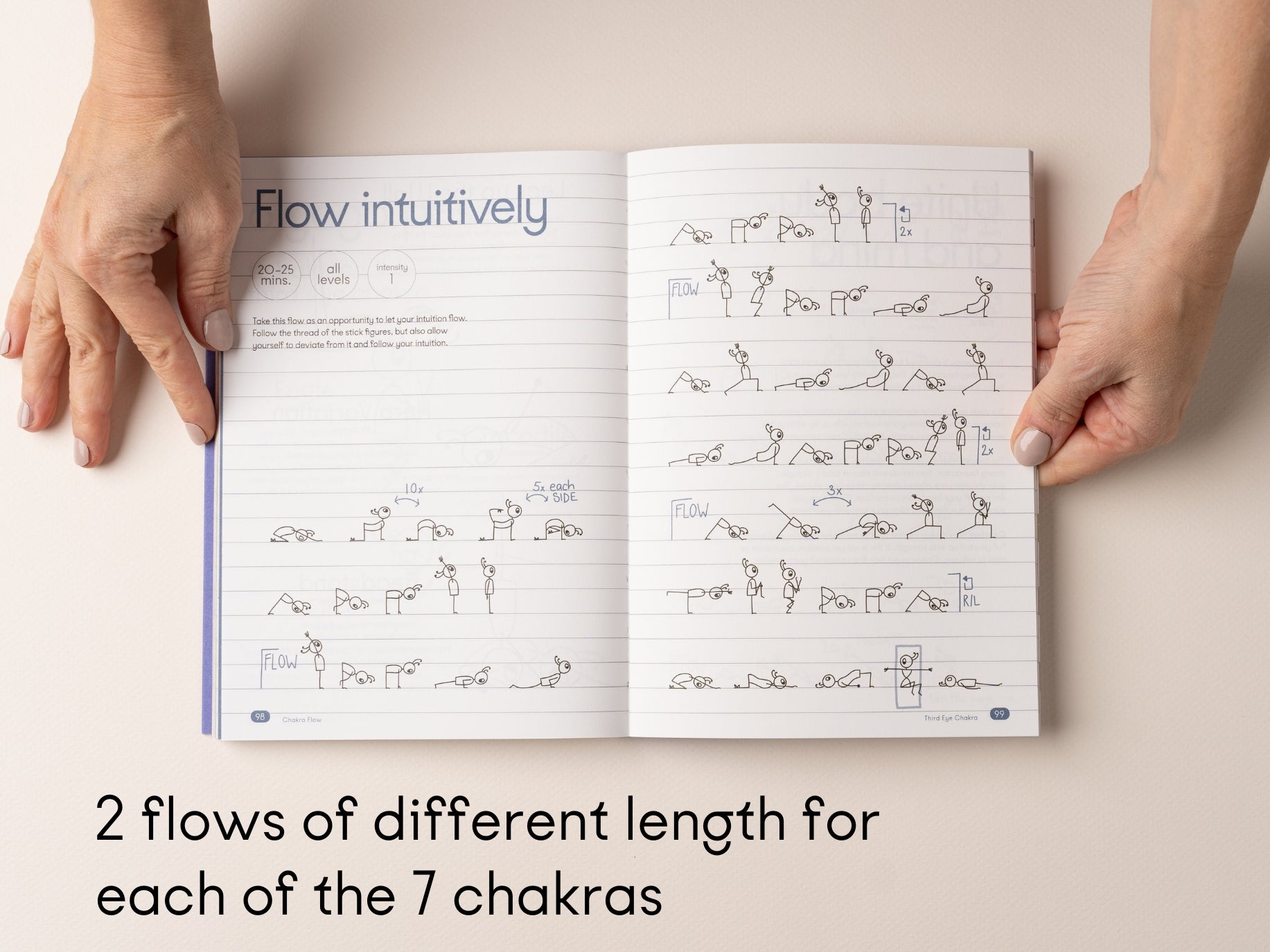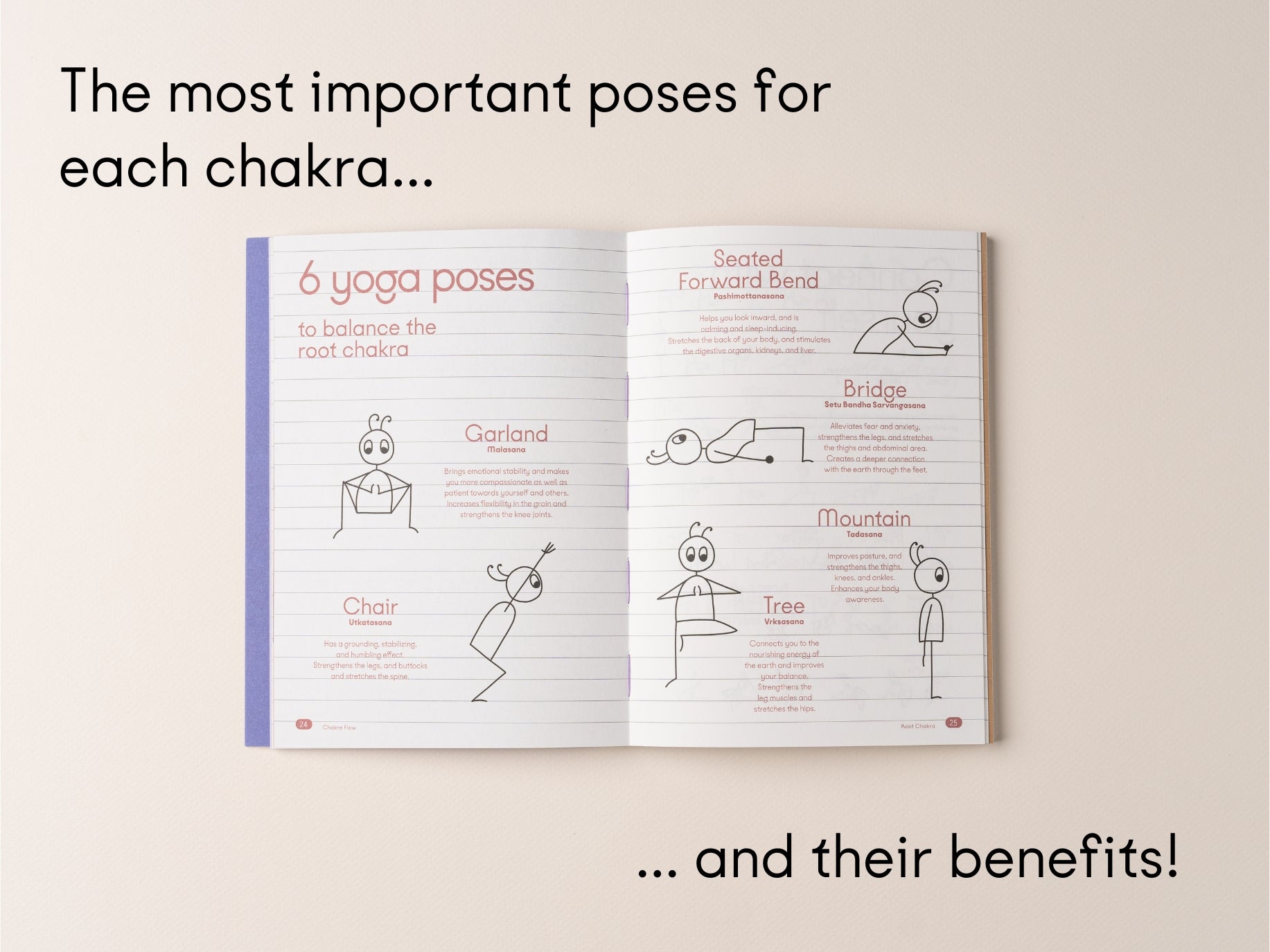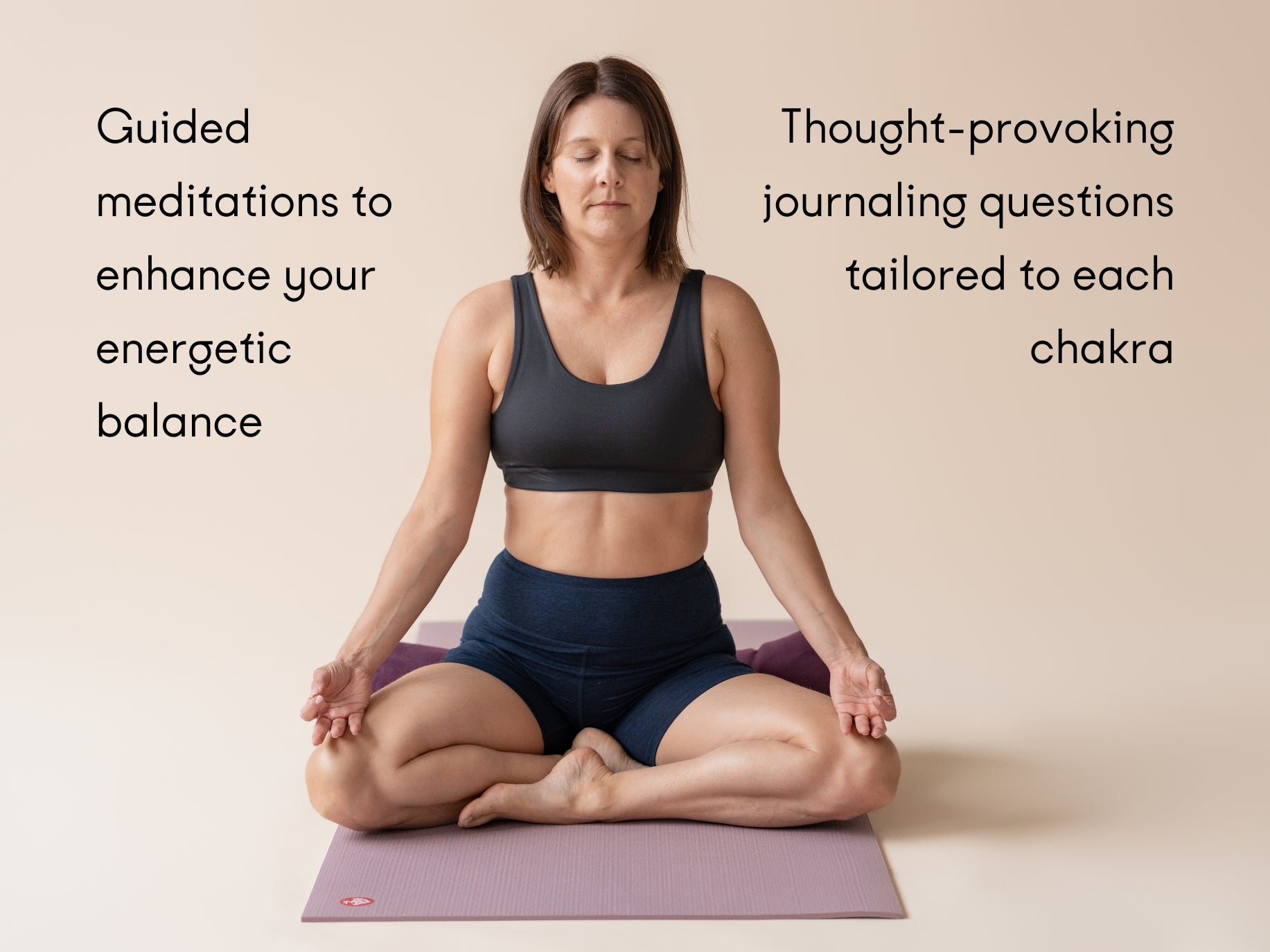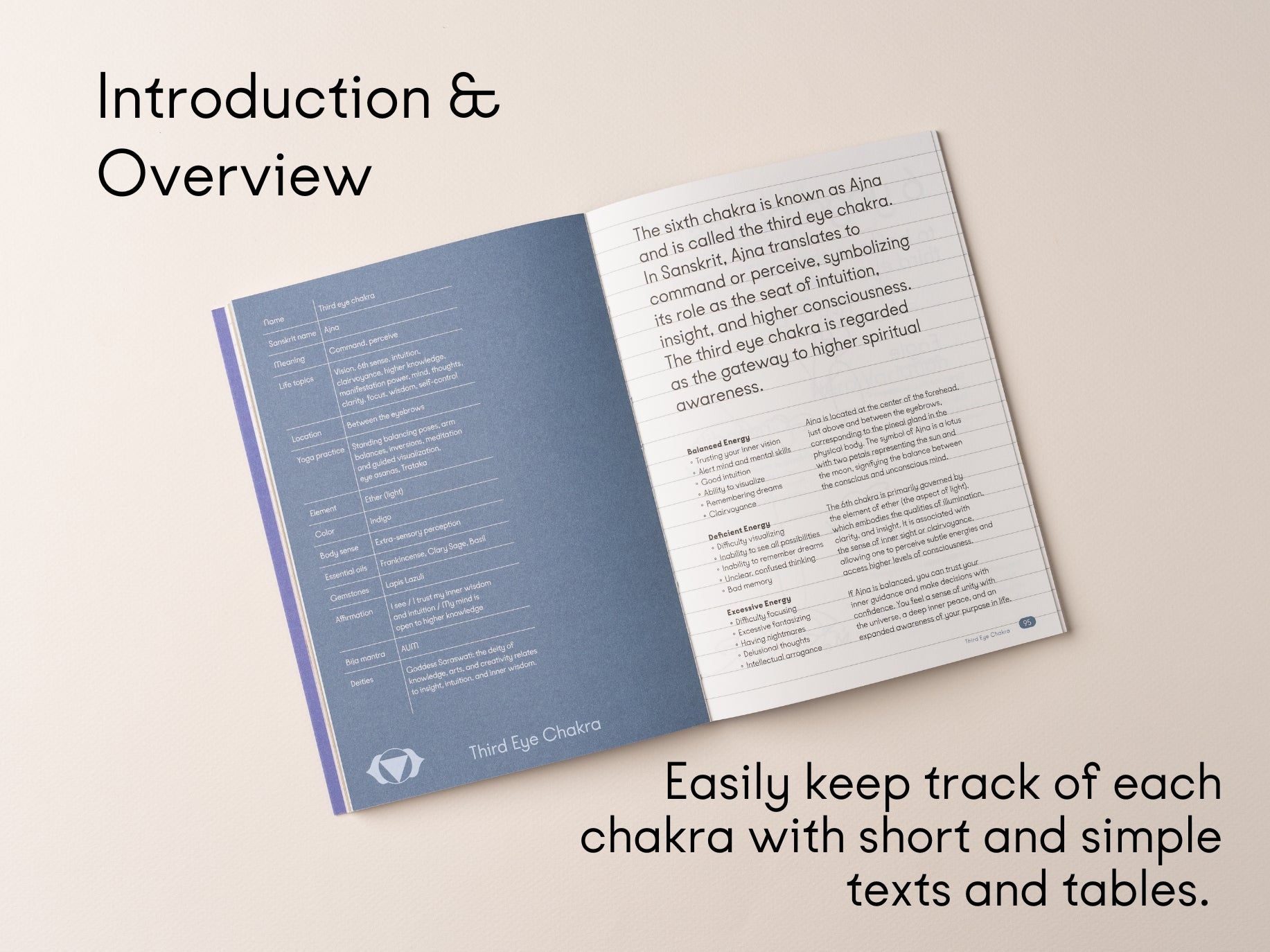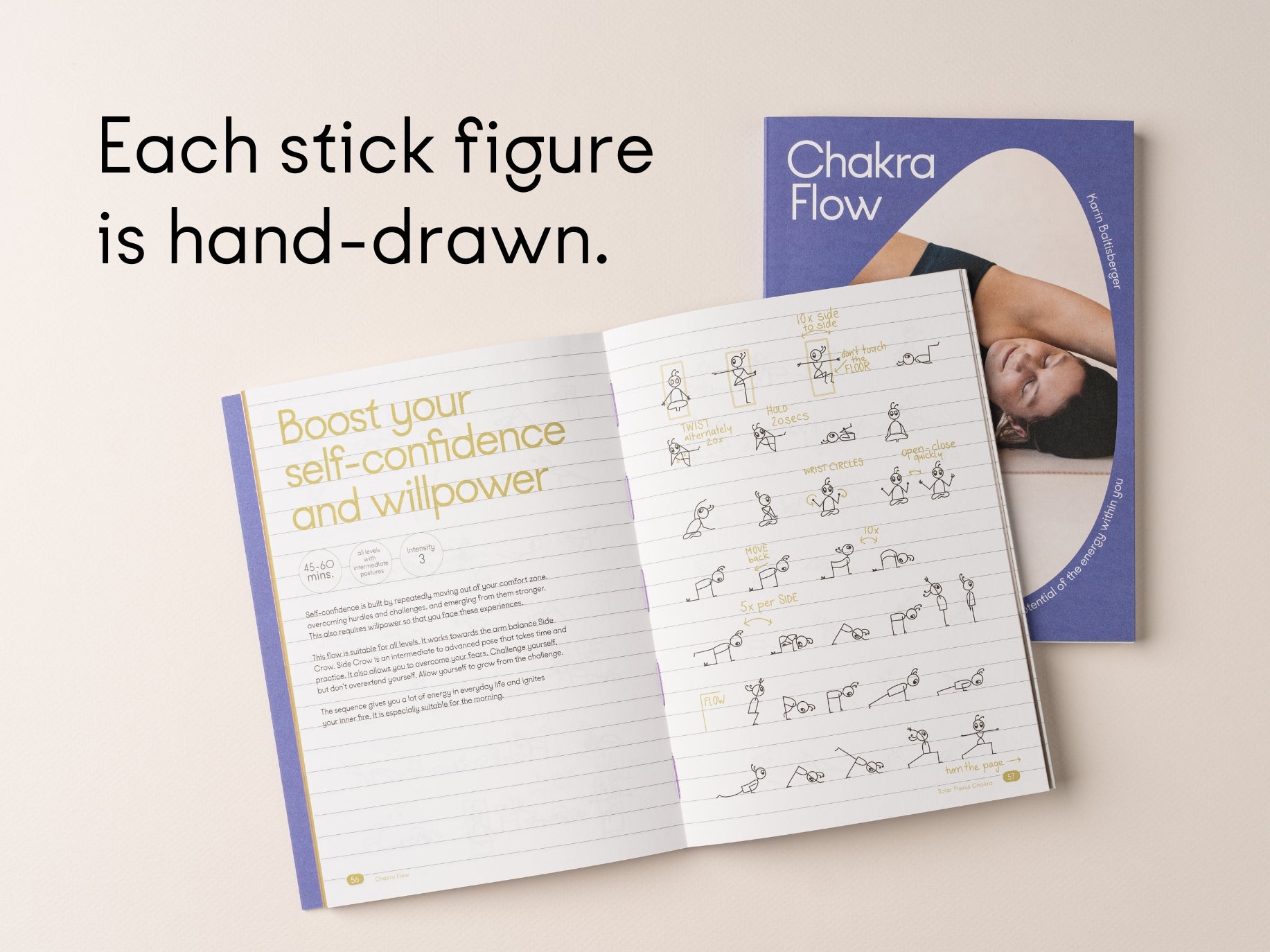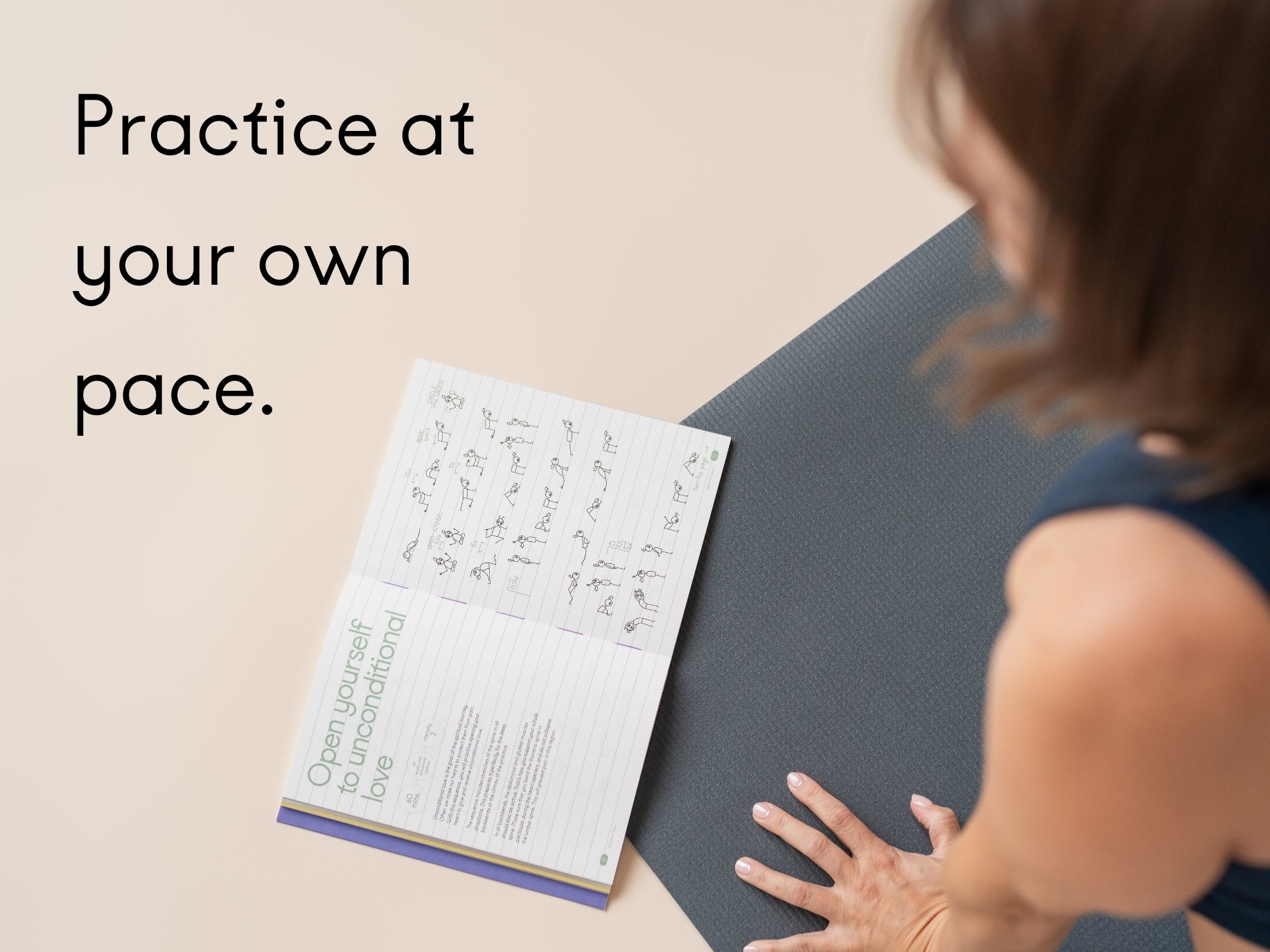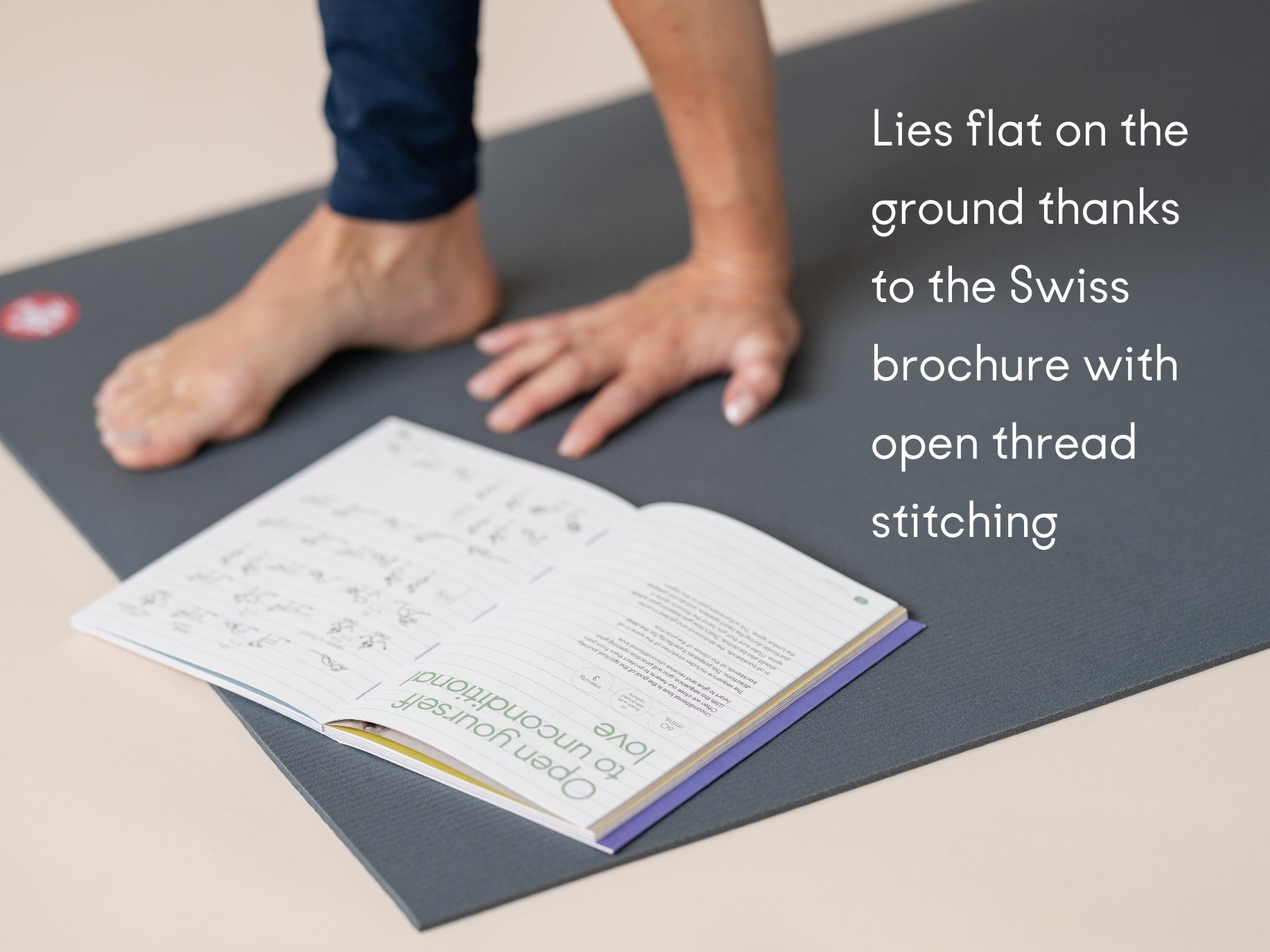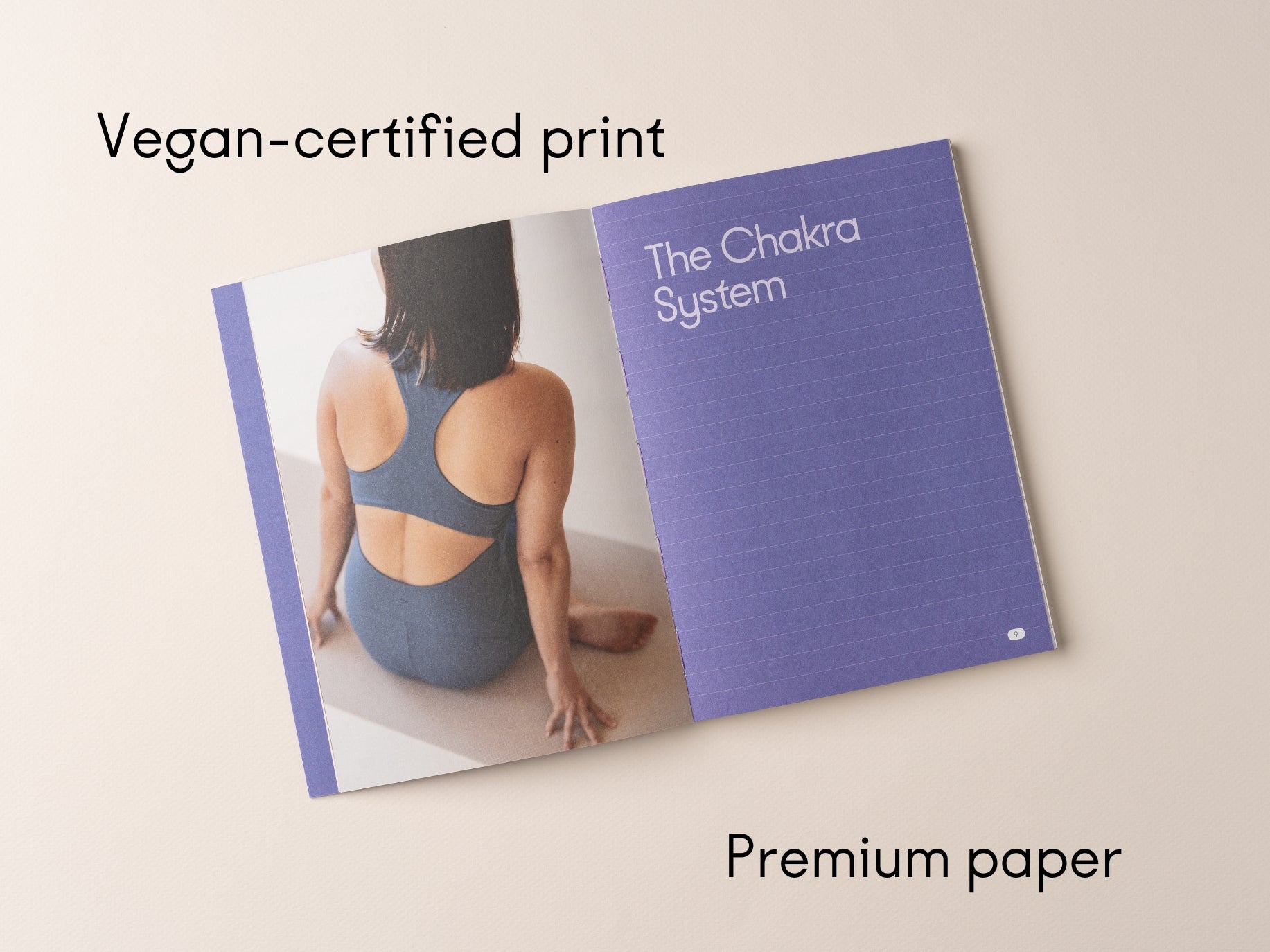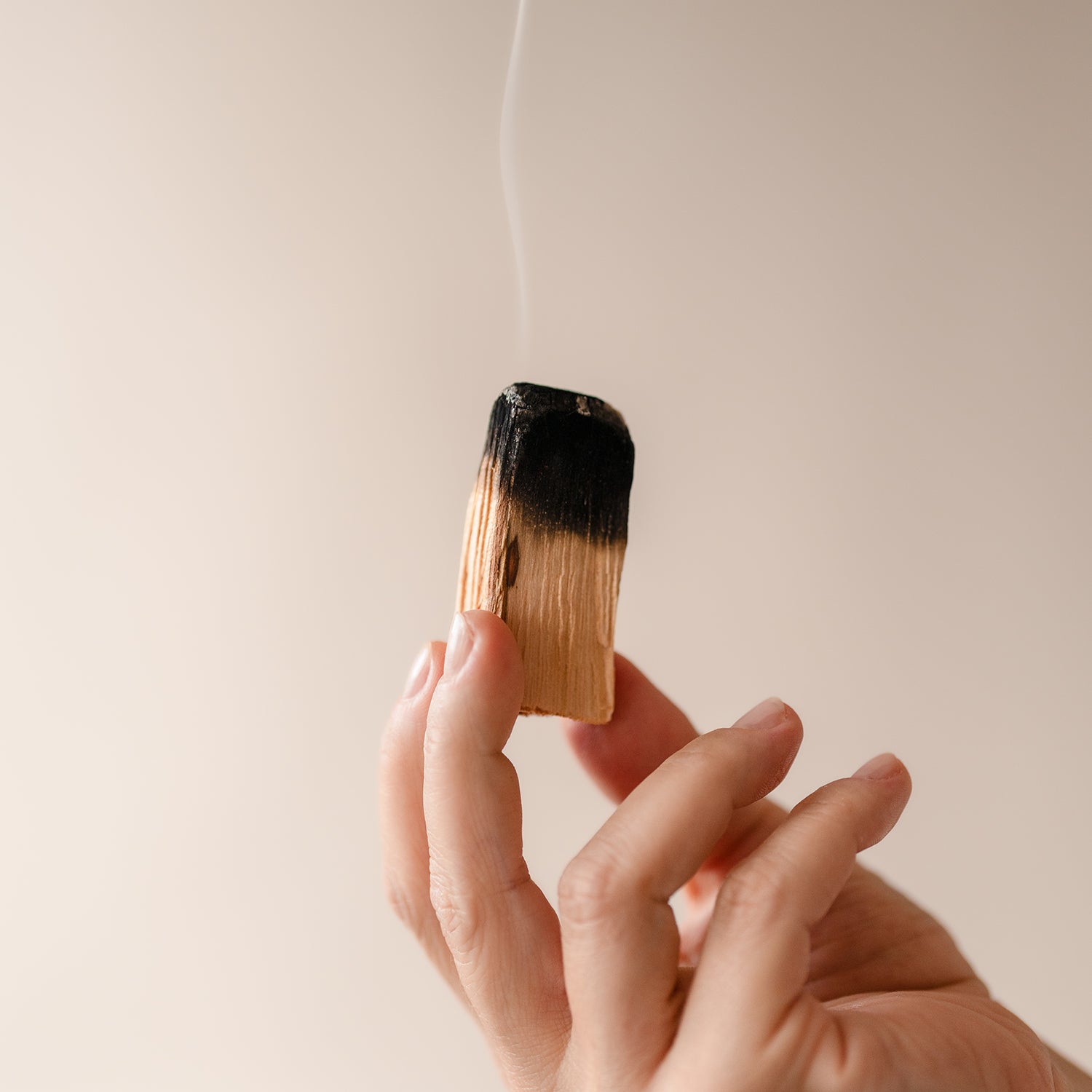Aligning Your Practice with the Energy Centers
Yoga is not just a physical practice; it’s a holistic approach to well-being that encompasses the mind, body, and spirit. One of the profound aspects of yoga is its ability to balance and harmonize the body's energy centers, known as chakras. Chakra-based sequencing is a powerful way to tailor your practice to address specific energetic needs and achieve a deeper level of alignment and healing.
Understanding the Chakras
The chakras are seven energy centers located along the spine, each corresponding to specific physical, emotional, and spiritual aspects of our being. When these chakras are balanced, energy flows freely, promoting overall well-being. Conversely, blockages or imbalances can lead to physical ailments, emotional distress, and spiritual stagnation. Here’s a brief overview of the seven chakras:
- Root Chakra (Muladhara): Located at the base of the spine, associated with grounding and security.
- Sacral Chakra (Svadhisthana): Located below the navel, linked to creativity and sexual energy.
- Solar Plexus Chakra (Manipura): Located around the stomach area, related to personal power and confidence.
- Heart Chakra (Anahata): Located in the center of the chest, connected to love and compassion.
- Throat Chakra (Vishuddha): Located at the throat, associated with communication and expression.
- Third Eye Chakra (Ajna): Located between the eyebrows, linked to intuition and insight.
- Crown Chakra (Sahasrara): Located at the top of the head, connected to higher consciousness and spirituality.
Designing a Chakra-Based Sequence
When creating a chakra-based sequence, it’s essential to consider the specific qualities and needs of each chakra. Here’s a step-by-step guide to designing a sequence that aligns and balances these energy centers:
1. Root Chakra (Muladhara)
- Focus: Grounding and stability.
- Poses: Tadasana (Mountain Pose), Virabhadrasana I (Warrior I), Malasana (Garland Pose).
- Tips: Emphasize strong, stable standing poses to cultivate a sense of grounding and security.
2. Sacral Chakra (Svadhisthana)
- Focus: Creativity and flow.
- Poses: Baddha Konasana (Bound Angle Pose), Utkata Konasana (Goddess Pose), Bhujangasana (Cobra Pose).
- Tips: Include hip-openers and fluid movements to stimulate creativity and emotional release.
3. Solar Plexus Chakra (Manipura)
- Focus: Personal power and confidence.
- Poses: Navasana (Boat Pose), Ardha Matsyendrasana (Half Lord of the Fishes Pose), Dhanurasana (Bow Pose).
- Tips: Incorporate core-strengthening poses to build confidence and inner strength.
4. Heart Chakra (Anahata)
- Focus: Love and compassion.
- Poses: Ustrasana (Camel Pose), Anahatasana (Extended Puppy Pose), Setu Bandhasana (Bridge Pose).
- Tips: Use heart-opening poses to foster feelings of love, compassion, and connection.
5. Throat Chakra (Vishuddha)
- Focus: Communication and expression.
- Poses: Matsyasana (Fish Pose), Sarvangasana (Shoulder Stand), Simhasana (Lion’s Pose).
- Tips: Include poses that open and stretch the throat area to enhance communication and self-expression.
6. Third Eye Chakra (Ajna)
- Focus: Intuition and insight.
- Poses: Balasana (Child’s Pose), Uttanasana (Standing Forward Bend), Sukhasana (Easy Pose) with focus on the third eye.
- Tips: Encourage introspective and meditative poses that stimulate the third eye and promote inner awareness.
7. Crown Chakra (Sahasrara)
- Focus: Higher consciousness and spirituality.
- Poses: Savasana (Corpse Pose), Padmasana (Lotus Pose), Sirsasana (Headstand) for advanced practitioners.
- Tips: Conclude with poses that promote stillness and connection to the higher self, facilitating spiritual awareness.
Integrating Breathwork and Meditation
To enhance the effects of a chakra-based sequence, incorporate specific pranayama (breathwork) and meditation techniques:
- Root Chakra: Practice deep, grounding breaths (Dirga Pranayama).
- Sacral Chakra: Use flowing breath (Nadi Shodhana or alternate nostril breathing).
- Solar Plexus Chakra: Practice Kapalabhati (skull-shining breath) to ignite inner fire.
- Heart Chakra: Use gentle, rhythmic breath (Anulom Vilom or alternate nostril breathing) to open the heart.
- Throat Chakra: Practice Ujjayi breath to stimulate the throat.
- Third Eye Chakra: Use deep, focused breath (Bhramari or bee breath) to enhance intuition.
- Crown Chakra: Engage in silent, meditative breathing to connect with higher consciousness.
Meditation focused on each chakra can also deepen the practice. Visualize the color associated with each chakra and focus on its qualities during meditation.
Final Thoughts
Chakra-based sequencing is a transformative approach to yoga that goes beyond the physical practice. By aligning your sequences with the energy centers, you can help yourself and your students achieve greater balance, harmony, and spiritual growth. Whether you’re seeking to ground yourself, ignite creativity, or connect with your higher self, tailoring your practice to the chakras can provide profound benefits and deepen your overall yoga experience.
Ressources to create better yoga sequences:

